Warwick Healeys, 1946-1955
Warwick Healey is the term used for the cars developed by Donald and Geoff Healey when Donald started his own company following World War Two. Before the War Donald had had many competition successes so his vision of his own cars was always with sporting ability in mind. He always felt that the pre-war cars with stiff suspension and flexible chassis had shortcomings so he wanted to develop something with a stiff chassis and compliant suspension.
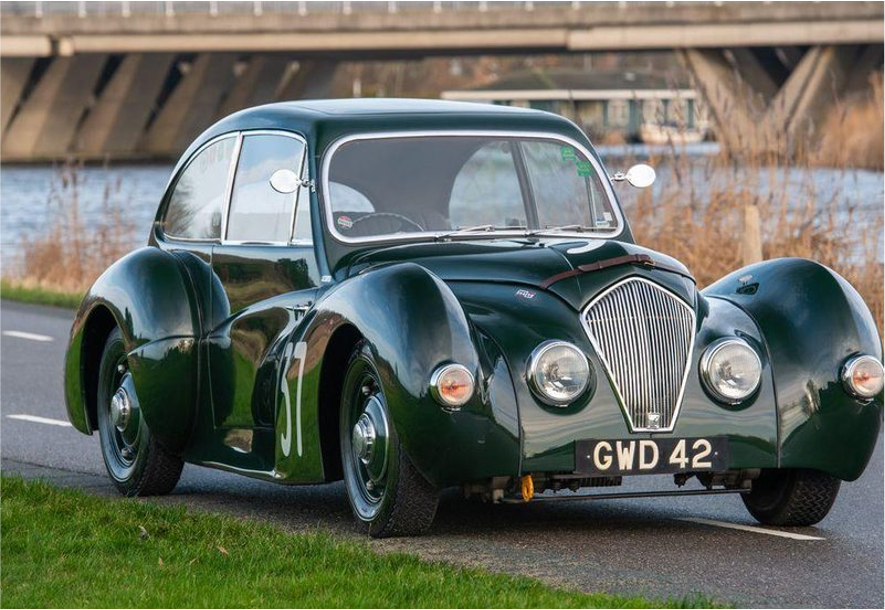
He succeeded, with the early cars being miles ahead of anything else available at the time. With a trailing link front suspension, well located torque tube back axle and coil springs all round the car handled brilliantly, with Riley engine and transmission the performance was outstanding in it’s class. The Riley twin cam engine producing over 100 BHP and plenty of torque meant that it was a top contender in Rallies and races in period. Donald also took the Elliott abroad attempting speed records on the European motorways, they managed 104 mph in Italy and 111 mph in Belgium, following that they advertised the Elliott as the “fastest 4 seat production car”!
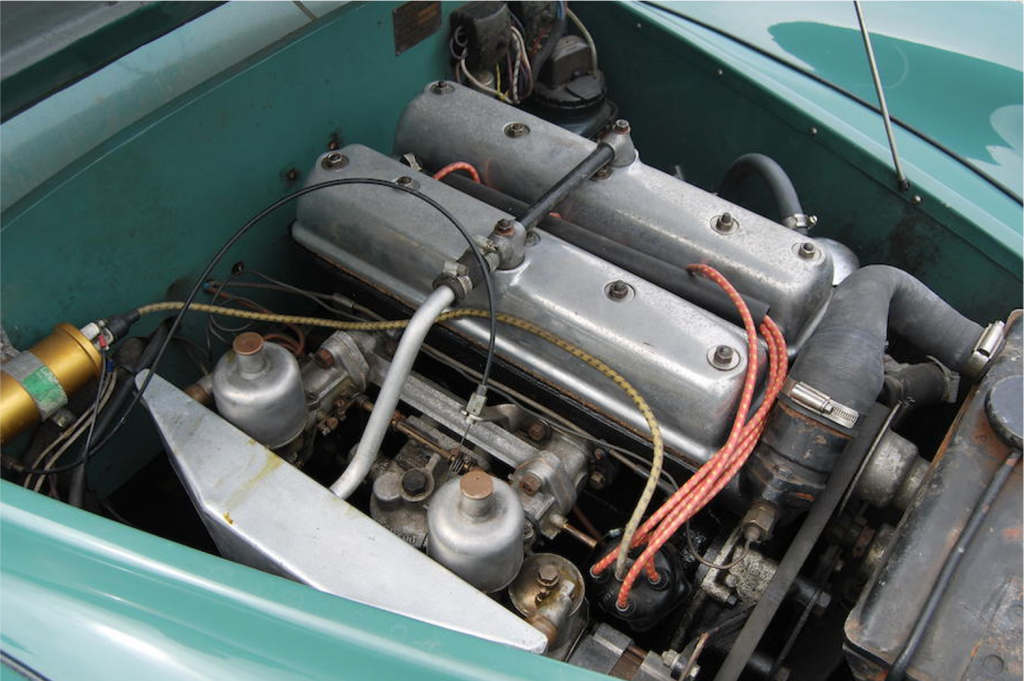
The chassis were assembled in Warwick and bodies were handmade by various coachbuilders. The double purchase tax imposed at that time made them very expensive if you bought a finished car but there was a loophole in that the chassis alone came in under the threshold, and there were several cars bodied by Duncan industries as a spartan two seater to keep the price down. After a year the chassis could then be re-bodied with the four seater style we see more often today.
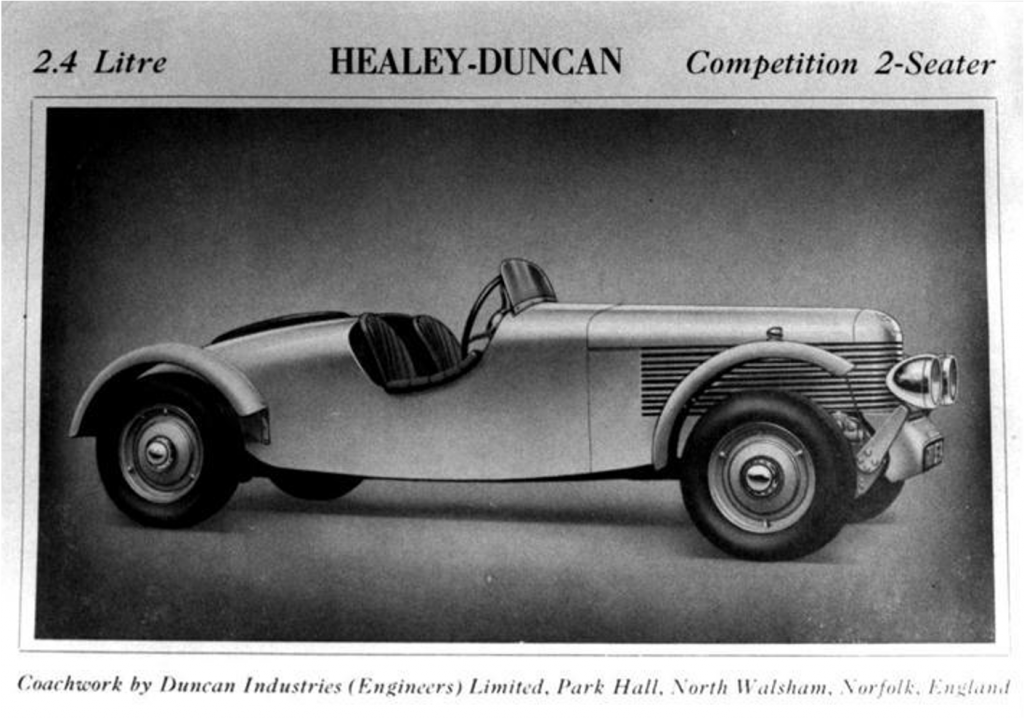
The cars were hand built and evolved quite quickly and up until late 1949 there were three versions of the chassis and several changes to body design. The biggest number of bodies made were the “Westland” four seat roadster [70 made] and the “Elliott” Saloon [104 made]. Both were lightweight designs with competition in mind, the Westland made do with detachable sidescreens and the Elliott had Perspex side windows. Both bodies were aluminium panels on an Ash frame, all the strength came from the deep box sections of the chassis. Both had many class successes in Alpine rallies, the Targa Florio, Mille Miglia and LeMans.
From 1949 there was a change of emphasis, sporting aspirations were taken care of by the 2 seat “Silverstone” [105 made] and the road cars went up-market for luxury touring. The four seat convertible was bodied by Abbott [91 made] and now had wind up glass side windows and a well appointed interior with a lined hood, the saloon was bodied by Tickford [225 made] and had also gained a more luxurious interior. Both had gained weight but remained genuine 100mph cars.
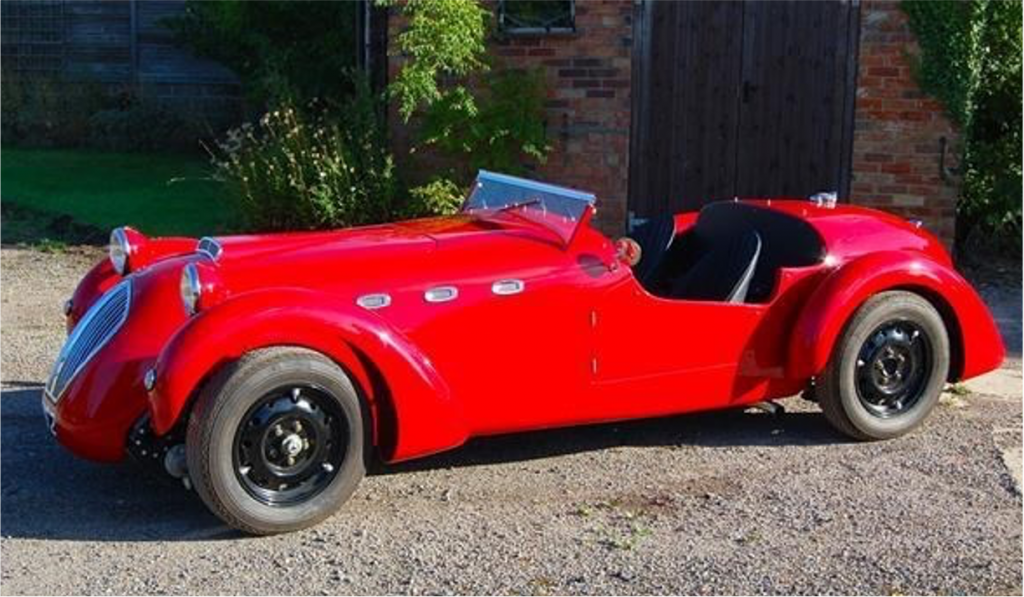
The Silverstones were very successful in international and club competition and due to their simple body construction most have survived to this day and are much sought after.
Throughout this Riley period several specialist coachbuilders produced their own stylings on the excellent chassis, mostly sporting but there were a few Estate cars made also. One train of thought was that as a Utility vehicle the Estates wouldn’t have been subject to the crippling double purchase tax of the day.
There was an attempt to please the American market with the “Sportsmobile” a full width designed body retaining the Riley underpinnings, the extra weight and strange {for the time} design didn’t win many customers with only 25 made.
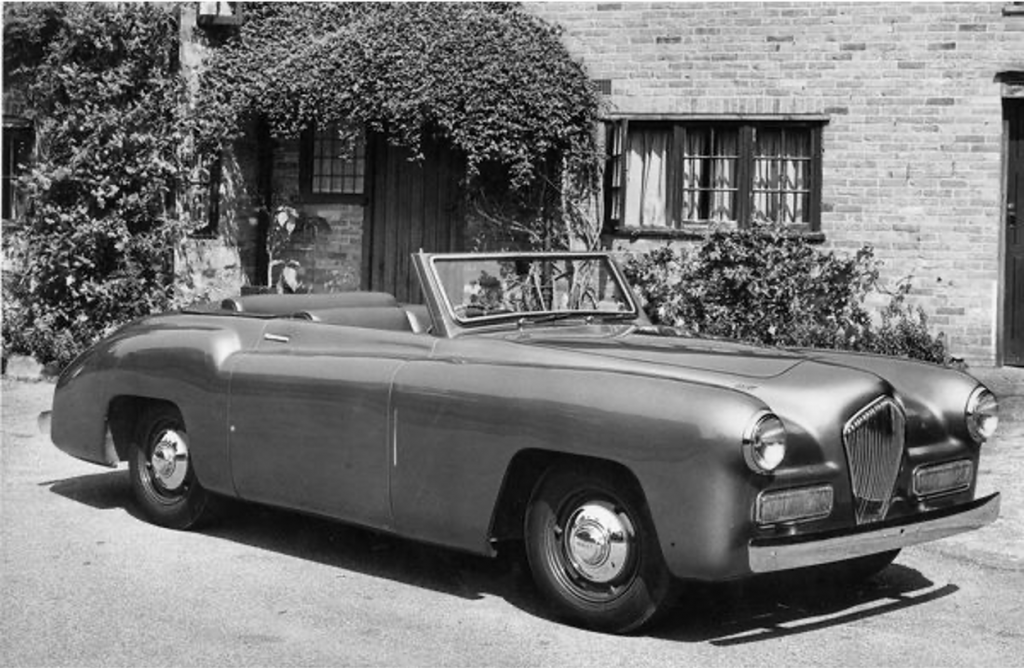
Another attempt to please the American market came with fitting the Alvis 3 litre 6 cylinder engine into the chassis, only 28 of these were made but the exercise paved the way for the “Nash” Healey. In the early 1950’s the Riley engine was due to be phased out, Healeys were looking for alternatives and Donald manged to do a deal with George Mason from the American Nash company. This ended up with the 4 litre 6 cylinder Nash engine being fitted into the Healey chassis, suitably modified to accept Nash back axle and brakes. These were two seat coupes and convertibles produced only for sale in America, just over 500 of these were produced up until 1955.
There is a good survival rate of these early cars with the Association of Healey Owners specifically looking after the Riley engine models and the Nash Club of America catering for the Nash engine variety as the majority are still in the USA.
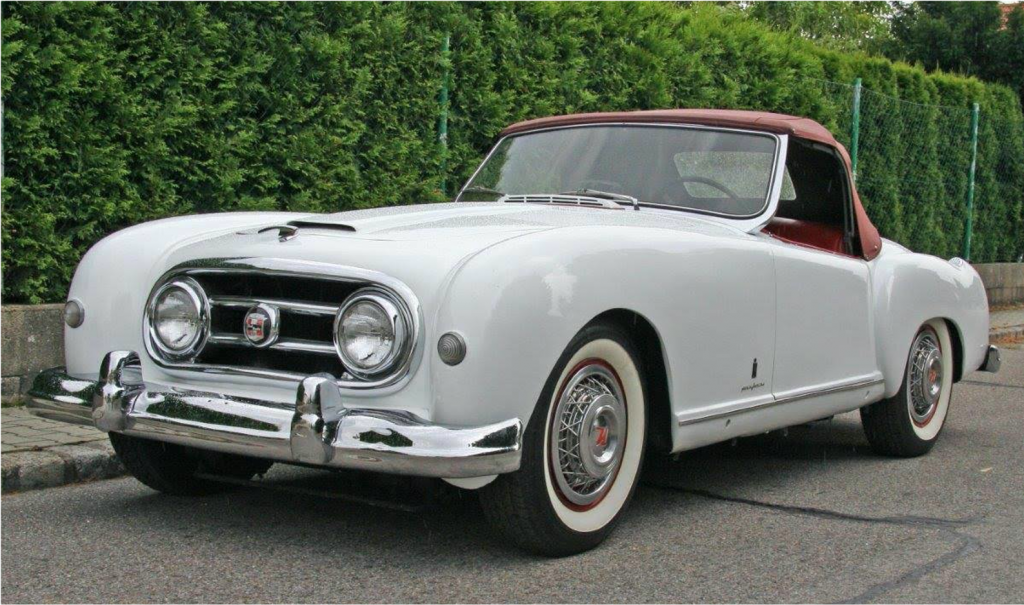
Looking for a replacement for the Riley engine, the Healeys got hold of an Austin Atlantic engine in 1952, using that and the Austin running gear they designed a new chassis and produced the Healey Hundred which they planned to produce themselves until Leonard Lord of Austin made them an offer they couldn’t refuse. They made the first 20 Healey Hundreds at Warwick so technically these pre-production cars are still “Warwick” Healeys.
This is a brief introduction to the Early Healeys but there are many books that detail the development and history in more detail so I hope this has whetted your appetite to find out more about the Austin Healey’s predecessors.
David Holman 2020.
